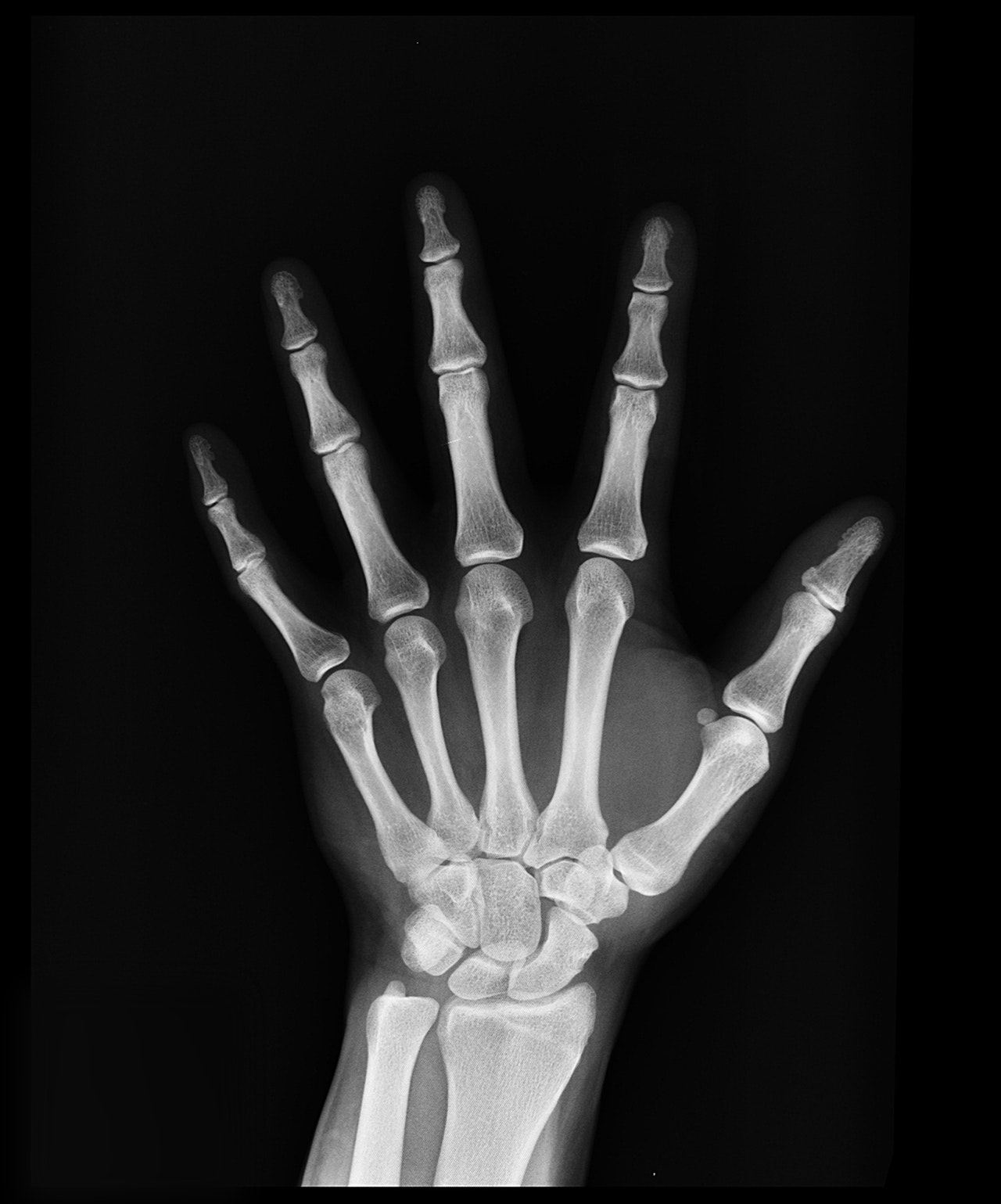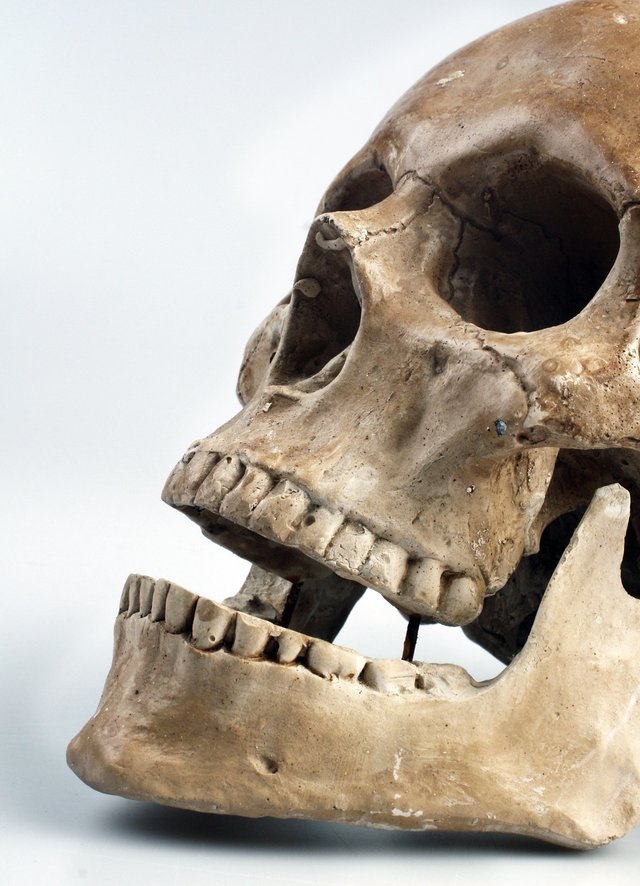USING BONES AND TEETH IN FORENSIC SCIENCE
DNA testing is one of the standard ways of identifying a dead body. Forensic scientists are able to identify a body using the teeth and bones. There is a state of the art technology today. Identifying a body using the teeth and bone takes a long time and effort. In looking at teeth, the scientists look at dental records, smiles and DNA from teeth and pulp while in bone analysis the methods are length of bones, facial reconstruction and 3d imagery, skull, bone information on sex, age and race.
Odontology is the forensic study of teeth. Forensic dentistry is a field that uses dental record to identify corpses. The first instance of the uses of teeth was in Rome in 66AD. This was the time of Nero. His mother, Agrippina instructed her soldiers to kill Lollia Paulina and to bring back her head to show that they had killed her. She identified the front teeth and used them as proof. One of the ways to analyze teeth is to look at the dental records. If these dental records involve and X-ray then it is very easy to compare the dental X-ray of the victm (Pyrek, 2006). If they match, then one can identify the bodies. Another method is to compare the smiles of the victims. If the forensic scientist cannot find the dental records of the victims, then it is easy to compare the smiles. If the scientist has a digital photograph of the smile including the front teeth it is easy to compare them with that of the supposed victim (Goodchild, 1999).
There are do different things that forensic dentists look for. They identify the teeth that are present and they identify their characteristics (Sleight, 2014). They also identify the missing teeth and they look for the reasons why they are missing. They carry out a dental carries and a surface investigation to find out whether the victim had any dental disease. The scientists also check for any dental anomalies. The position of the teeth which are supernumerary is also a good way to identify teeth. The computers help in this identification because they contain a dental databank. The human teeth has a very hard enamel that covers the pulp and pulp cavity.
The tooth is a very hard organic element that covers the pulp for along time and it cats as a safe box for the DNA. The pulp remains the same even under extreme conditions and it contains a lot of DNSA that can assist in cases and investigations. Sometimes the DNA from the teeth is the only way for the forensic scientists to go. This happens after the dental records do not help in the investigation. The human teeth also go through a lot of degradation when victims die. This happens when there are extreme changes in pressure and temperature. If teeth can resist this temperature and pressure, then they give some information that forensic scientist can uses when they identify victims (Sweet, 2014).
In bone analysis, the scientist simply looks at the corpses bones. One of the main features is the length of the femur. If the family knew the length of the supposed victim’s femur, probably from x-rays, the scientist can use that to compare. There are other things that they can look out for. Some are bone fractures, child bearing from the pelvic bones and chemical composition of bones. Nutrition and medication affect the chemical composition of bones. The family, spouses and colleagues are the best people to provide this information (forensics, 2014).
The skull is a bone that also shows a lot of information with regards to bone examination. In case the victim has had facial reconstruction, it would be easy to identify this on the supposed victim. This is a sensitive field of study and it requires experts. Sometimes, these scientists uses a technology called 3D imagery. Bones are also important for they identify aspects of race, sex and age. 3D imagery is a technology that uses the facial bones to create a person’s appearance. These bone structures help people to know how much tissue and fat the victim had on their face and ears and it helps them make a facial structure or image. Forensic scientists have used bones even when the victim had been in water for a long time (Iwamura, Soares-Vieira & Mu~noz, 2004). They use the DNA for identification. This is an advancements in the forensic victim identification. The only problem with this method is when the body has stayed in extreme conditions for a long time. Such conditions re fires. Fires destroy DNA.
In conclusion, forensic scientists have for a long time relied on DNA as a way of recognizing murder victims. The two main remains that they use are those of the bone and the teeth. In looking at teeth, the scientists look at dental records, smiles and DNA from teeth and pulp while in bone analysis the methods are length of bones, facial reconstruction and 3d imagery, skull, bone information on sex, age and race. All these are ways in which the forensic scientist use bones and teeth to identify murder victims.
Works Cited
Forensics. (2014). 8 Body Parts Forensic Scientists Use to ID a Body | Forensic Science Technician: Online Schools Guide. Forensicsciencetechnician.org. Retrieved 12 July 2014, from http://www.forensicsciencetechnician.org/8-body-parts-forensic-scientists- use-to-id-a-body/
Goodchild, S. (1999). Paddington rail disaster: Fingerprints, teeth and bones the only way to identify some victims. The Independent. Retrieved 12 July 2014, from http://www.independent.co.uk/news/uk/home-news/paddington-rail-disaster-fingerprints- teeth-and-bones-the-only-way-to-identify-some-victims-738769.html
Iwamura, E., Soares-Vieira, J., & Mu~noz, D. (2004). Human identification and analysis of DNA in bones. Revista Do Hospital Das Cl'\Inicas, 59(6), 383--388.
Pyrek, K. (2006). Forensic nursing (1st Ed.). Boca Raton: Taylor & Francis.
Sleight, K. (2014). Why Teeth Are Important Forensic Identification Tools. Suite. Retrieved 12 July 2014, from https://suite.io/kenneth-sleight/3x0h2h6
Sweet. (2014). DNA analysis of dental pulp to link incinerat... [J Forensic Sci. 1995] - PubMed - NCBI. Ncbi.nlm.nih.gov. Retrieved 12 July 2014, from http://www.ncbi.nlm.nih.gov/pubmed/7602298


nice!